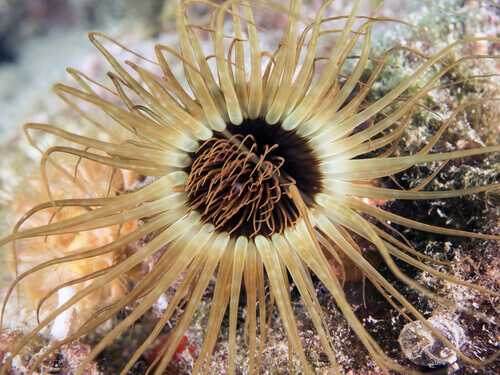What Is Asexual Reproduction?
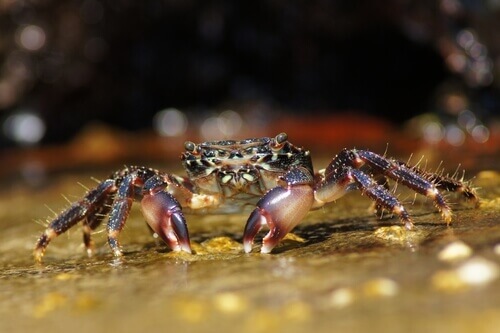
There are several ways to mate in order to perpetuate the species. Although the best-known method is sexual reproduction, there’s also asexual reproduction, in which a male and a female aren’t necessary. Learn more about it in this article.
What’s asexual reproduction?
This method of reproduction requires only a developed living being and a cell or group of cells. Thus, with these two “ingredients” a new complete specimen emerges, identical to the previous one. Asexual reproduction is carried out by only one parent. Moreover, in contrast to sexual reproduction, no sexual organs or gametes are involved, neither are eggs or sperm needed.
This is the main difference between these two types of reproduction. The different types of asexual reproduction that allow the continuity of the species are:
1. Fragmentation or splitting
An individual divides itself into two or more parts, and can completely rebuild what he has “lost” without any problem. So, this can occur by a fortuitous event or accident, but also spontaneously when the animal deems it appropriate. Among the species that practice fragmentation we can mention starfish or brittle stars that have more than six arms.
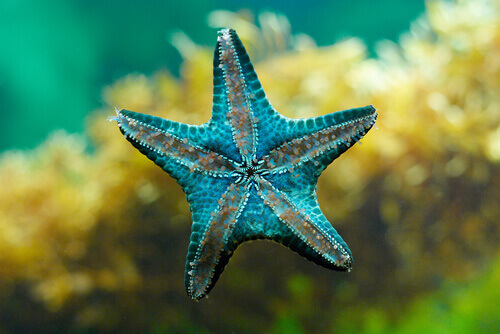
2. Binary fission
As its name indicates, the division involves only two parts in this case. This type of reproduction is common in bacteria, yeasts, protozoa, archaea, and unicellular algae.
Thus, the process consists of duplicating the DNA, dividing the cytoplasm and creating two identical daughter cells. The rate of reproduction in these cases is exponential. For example, in the case of Escherichia coli bacteria, it divides in half every 20 minutes.
3. Sporogenesis
This method of reproduction is used by spores and endospores, and is most common when they’re in an adverse habitat, such as one with few nutrients. The black bread mold and bacteria Bacillus subtilis also use this type of asexual reproduction. Furthermore, sporogenesis is present both in animals and certain plants.
4. Polyembryony: asexual reproduction of some insects
Polyembryony occurs when more than one embryo is created in the zygote or when a single embryo is fragmented into several. This method is used by insects of the order Hymenoptera –which includes bees, wasps, bumblebees, and ants. However, for it to happen there must first be sexual reproduction between a male and a female.
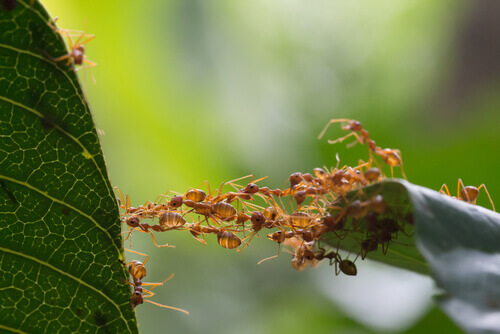
5. Parthenogenesis: asexual reproduction of many fish
This type of asexual reproduction is based on the development of unfertilized female sex cells. Thus, an infertile egg divides into segments to create new individuals, and doesn’t always need the presence of male gametes. Some insects, crustaceans, reptiles, amphibians, and fish reproduce in this way.
The “baby”, in this case, doesn’t carry male chromosomes, and it’s the mother who determines its sex according to the specific needs of the population.
6. Budding
Cell division occurs with the generation of buds. These are elements that form inside the mother organism, and later separate from it to grow and develop as new organisms.
Examples of asexual reproduction
In addition to the ones above, there are special cases of asexual reproduction in nature, which are remarkable… They are truly amazing!
1. Marbled crayfish
This crustacean (in the photo at the beginning of this article) lives in the rivers in southern United States and reproduces by means of a method known as apomixis. Hence, an organism creates an embryo without requiring fertilization.
2. Whiptail lizard
One of the curiosities of this species of reptile is that all its individuals are female. In order to reproduce, they perform a “pseudocopulation” between two females. Both of them will lay eggs, but the one with the role of the “wife” will have bigger ones.
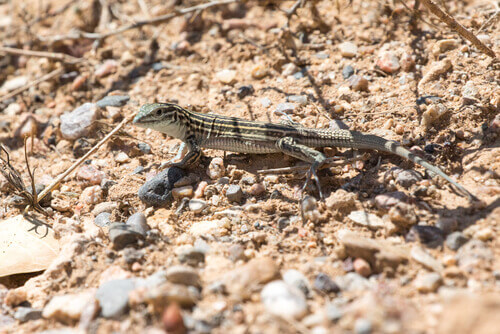
3. Sea anemone
This animal, which looks like a plant, can reproduce both sexually and asexually, depending on the characteristics of the environment. In the event of a female and a male not being available, they split by germination or pedal laceration –a part of the sea anemone separates and then turns into a new sea anemone.
